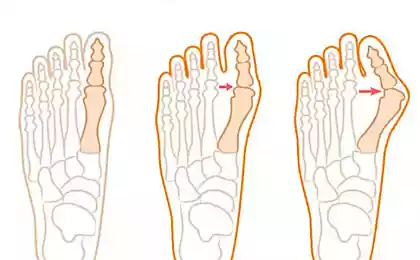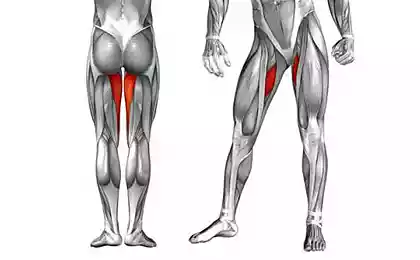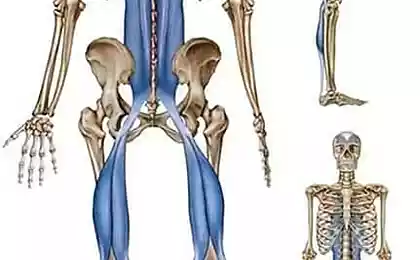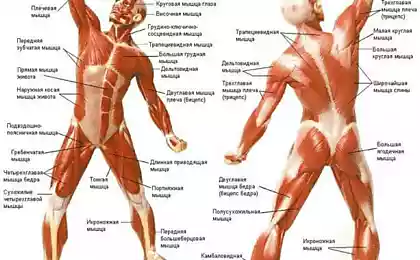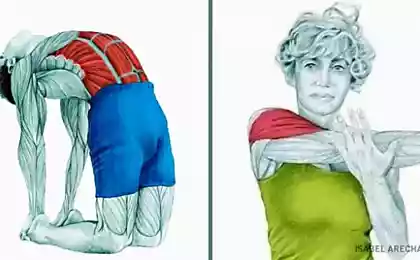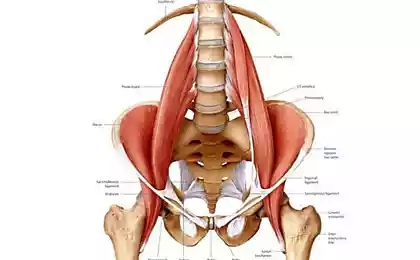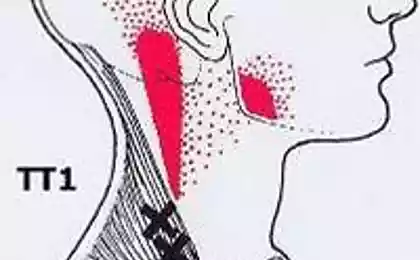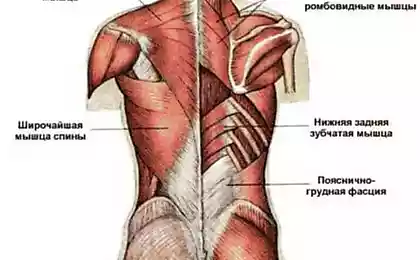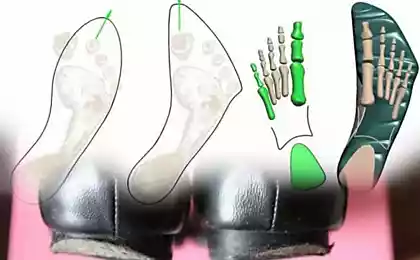202
How your walk affects your health
Many of us take a certain number of steps every day without thinking about how we do it.
We can walk, and that’s the main thing. What else is there to think of? However, the human body is a complex system, the elements of which are strongly interconnected. So, according to the gait of a person, it is quite possible to say about the peculiarities of the structure of his musculoskeletal system, about lifestyle, habits, physical form, about a possible disease and even about his mood.
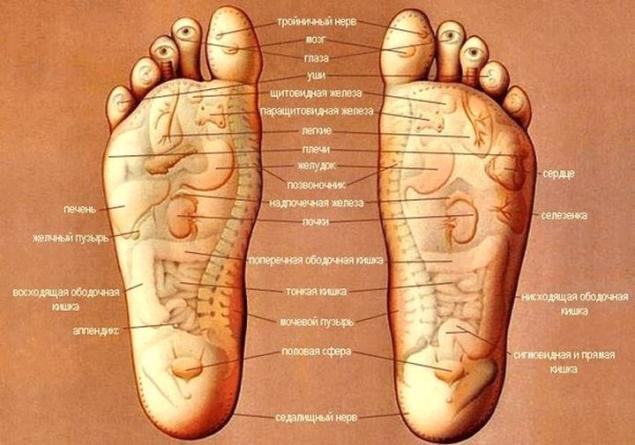
Manual muscle test allows you to determine the state of the muscles: normal tonus (when the nervous system withstands the load, and there is an increase in muscle contraction), hypertonus (muscles are in tension) and hypotonus (muscles are weakened).
Disturbance of the balance of muscles working when walking can be fraught with unpleasant consequences. For example, with hypertension of the muscles of the outer part of the thigh, a person becomes "clipped." In addition, deviations in muscle tone cause rapid fatigue when walking, impaired coordination of movements and even flat feet.
Advice
1. Notice how you place your foot when walking. The center of gravity should first be directed to the heel, and then to the outer edge of the foot. You need to push off the surface with your thumb. It is the thumb that should work when walking – try to use it when repelling as often as possible and apply force.
2. When walking, pay attention to the foot, as it has many reflex zones and points. Exactly. Myofascial chains start from the foot (tendons and muscle fascia that connect joints and bones throughout the body).
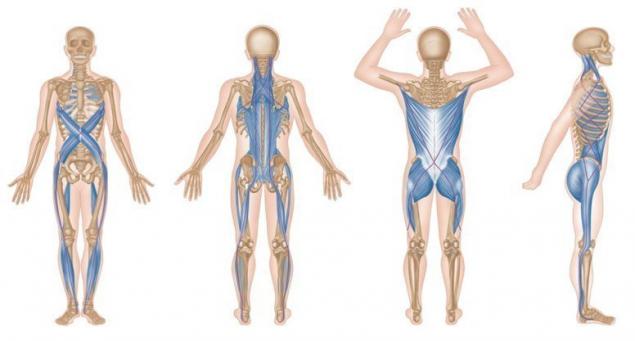
Violation of this chain leads to severe muscle pain and a negative effect on the work of other muscles. To normalize muscles in manual therapy, myofascial release technique (MFR) is used. During this procedure, a doctor or massage therapist works with pain points. published
P.S. And remember, just changing our consumption – together we change the world!
Source: www.kinezio-center.ru/interesnaya-informatsiya/2-uncategorised/78-kak-pravilno-khodit.html
We can walk, and that’s the main thing. What else is there to think of? However, the human body is a complex system, the elements of which are strongly interconnected. So, according to the gait of a person, it is quite possible to say about the peculiarities of the structure of his musculoskeletal system, about lifestyle, habits, physical form, about a possible disease and even about his mood.

Manual muscle test allows you to determine the state of the muscles: normal tonus (when the nervous system withstands the load, and there is an increase in muscle contraction), hypertonus (muscles are in tension) and hypotonus (muscles are weakened).
Disturbance of the balance of muscles working when walking can be fraught with unpleasant consequences. For example, with hypertension of the muscles of the outer part of the thigh, a person becomes "clipped." In addition, deviations in muscle tone cause rapid fatigue when walking, impaired coordination of movements and even flat feet.
Advice
1. Notice how you place your foot when walking. The center of gravity should first be directed to the heel, and then to the outer edge of the foot. You need to push off the surface with your thumb. It is the thumb that should work when walking – try to use it when repelling as often as possible and apply force.
2. When walking, pay attention to the foot, as it has many reflex zones and points. Exactly. Myofascial chains start from the foot (tendons and muscle fascia that connect joints and bones throughout the body).

Violation of this chain leads to severe muscle pain and a negative effect on the work of other muscles. To normalize muscles in manual therapy, myofascial release technique (MFR) is used. During this procedure, a doctor or massage therapist works with pain points. published
P.S. And remember, just changing our consumption – together we change the world!
Source: www.kinezio-center.ru/interesnaya-informatsiya/2-uncategorised/78-kak-pravilno-khodit.html

